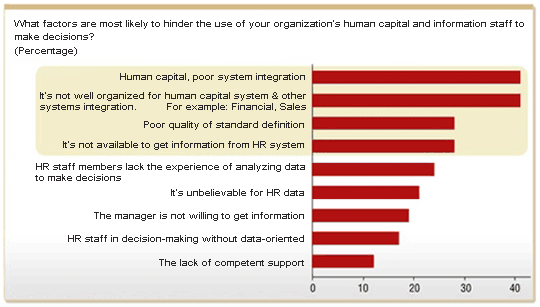Try to rule out the speculation factor in planning staff.
because of their lack of analysis of the problem at hand and necessary skills, but because there is no correct data. Moreover, even if these data exist, it can not obtain. Re-experienced analysts can not out of thin air to make fact-based decision-making staff
How to solve? It’s emerging a new field called staff analysis.

People taking up the challenge
Qihan’s “aging employee’s diagnosis” makes organizations can expect the aging impact on their employees and take action to manage. For example, the consultant can assess for the 3,000 employees, and employees of aging concrete implementation of the final to less than 200 employees, thereby greatly reducing its management costs and complexity.
Case Study: Health Care Company
Better data = better employee plan
Medium-sized enterprises need to transform their health-care project-based research and development staff in order to meet evolving needs. The companies need a consistent, automated demand forecasting process to make decisions faster and modeling program. This requires a data-driven employee management practices
Solution:
Company to make a type according to the skills of employees of their classification and based on the role of skills development category; and then based on identifying the role of staff and employees under the project to track the distribution. Such a more structured, data-driven approach allows companies to anticipate their permanent work, the contractor work and outsourcing needs
Benefits:
• Staff planning more closely
• provide data for resource managers to be assigned to work with a group of appropriately skilled individuals
• Through a clear estimate of the maximum and minimum number of employees, and distribution and availability, and professional skills suited to the new project can now be more effectively deployed staff .
• Through better allocation of work to their employees, short-term contractors or outsourcing, it has greatly reduced the cost.

